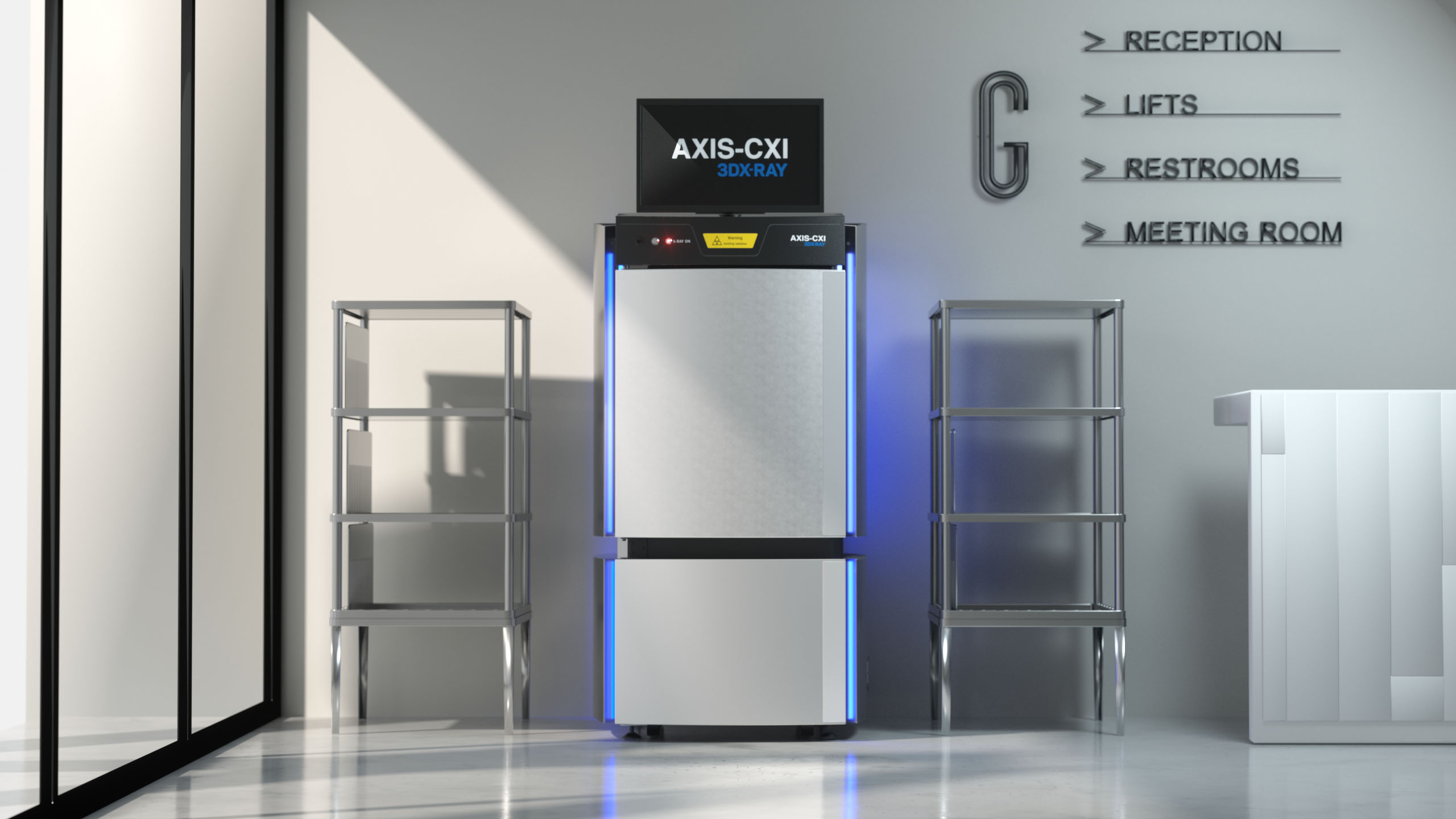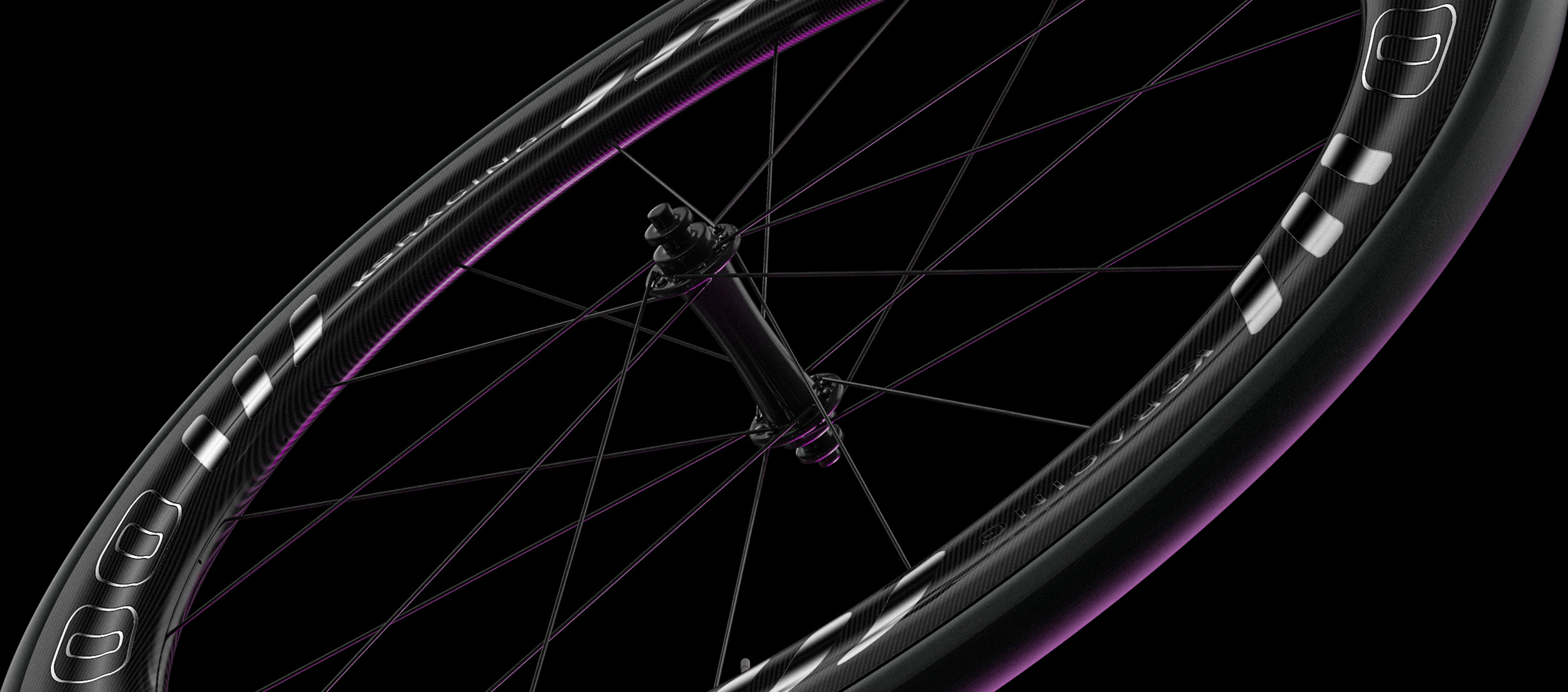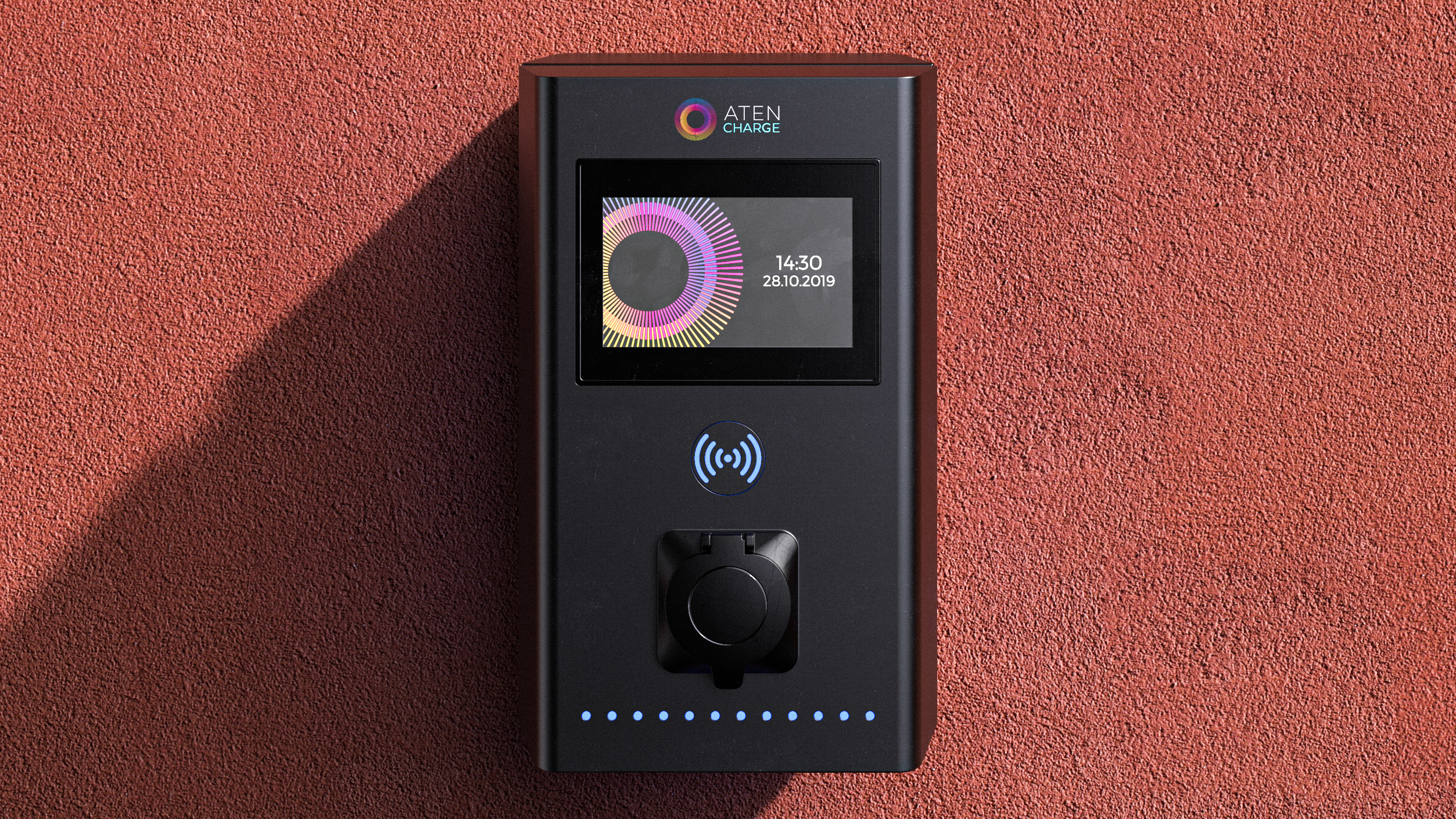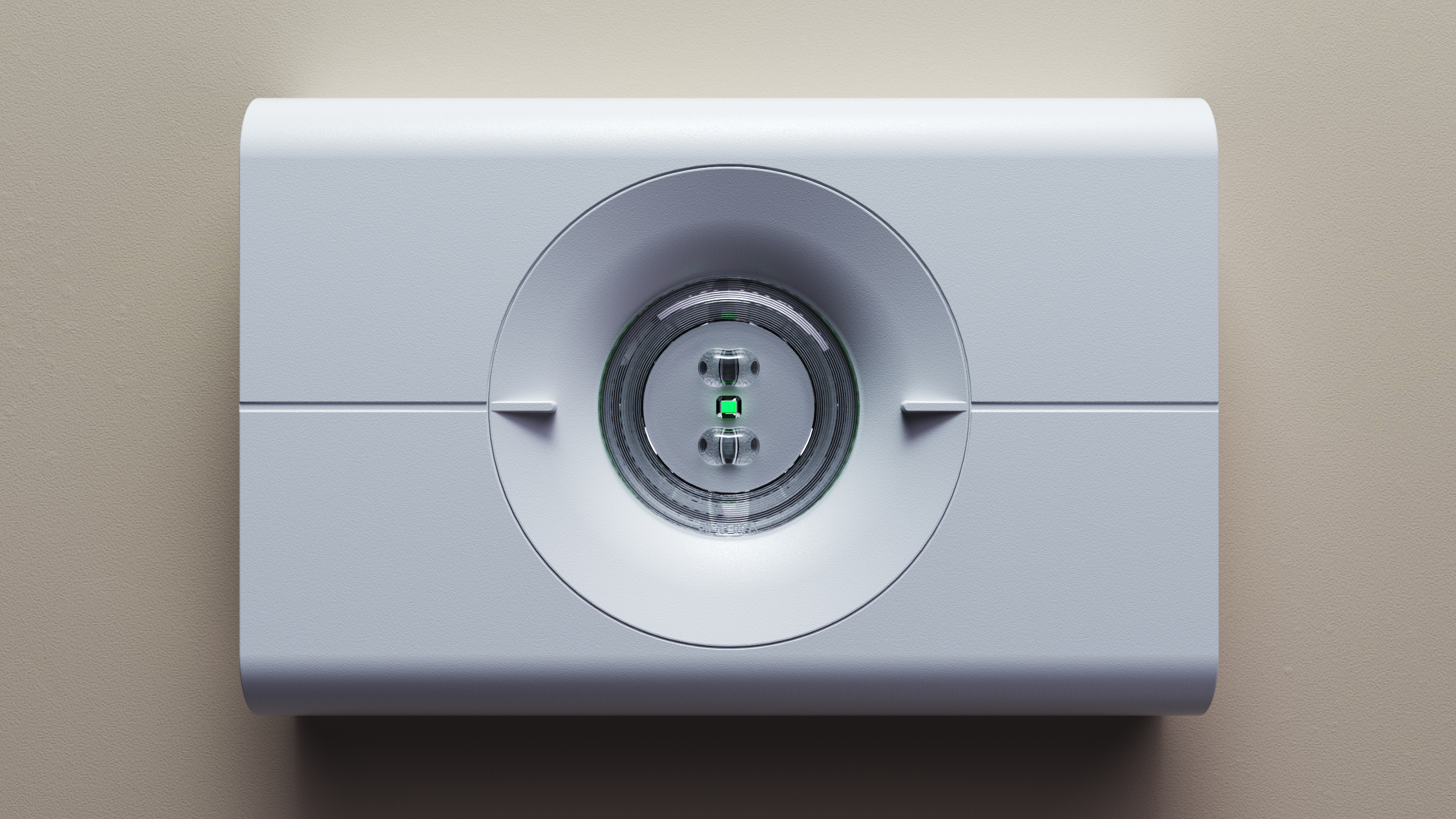How Product Design Consultants Use 3D Rendering to Market Your Product Effectively


Product design consultants leverage 3D rendering to effectively market your product by creating lifelike, detailed images that stand out. This technique, which illustrates how product design consultants use 3D rendering to market your product, allows for modifications without costly prototypes, engages customers with immersive views, and supports various digital marketing campaigns. In this article, we’ll delve into how 3D rendering can boost your product’s market appeal.
Table of Contents
Key Takeaways
- 3D rendering plays a crucial role in product marketing by creating immersive, photorealistic visuals that enhance brand identity and customer engagement.
- The use of interactive features, such as augmented reality, improves the shopping experience by allowing customers to visualise products in their environments, thus increasing purchase confidence.
- 3D models facilitate better collaboration and communication among teams, streamline product development, and provide a cost-effective alternative to traditional photography and prototyping methods.
The Role of 3D Rendering in Product Marketing

3D rendering is vital for creating detailed product images that captivate and engage potential customers. High-quality 3D visuals are not just visually appealing; they are instrumental in enhancing a brand’s identity by making a strong, memorable impression. This engagement helps stand out in a crowded market where first impressions can make or break a sale.
3D rendering enables product designers to modify product details without costly physical prototypes. Any changes in the design concept can be quickly implemented, saving time and money, while ensuring the final product meets specifications and customer expectations. Advanced rendering software can create detailed and photorealistic images from any angle, offering a comprehensive view that traditional photography cannot match.
Additionally, 3D product rendering supports the creation of digital models for various marketing campaigns. These digital models are not just for static images; they can be animated and even incorporated into augmented reality experiences, providing an immersive way for customers to interact with the product before it is even manufactured. This level of product visualisation is a powerful tool in today’s competitive marketing landscape.
Creating Lifelike Images for Marketing Campaigns

Creating lifelike images through 3D rendering begins with a 3D model using computer-aided design software. These digital models form the foundation for producing detailed product images used in various marketing campaigns. Enhancing the model with lighting, texturing, and fine details achieves a high level of realism.
Shifting from traditional 2D images to 3D product rendering enables consumers to appreciate product features and benefits more easily. This enhanced visualisation reduces uncertainty for customers, especially during online shopping, where they cannot physically interact with the product. Presenting photorealistic images creates a more immersive and engaging shopping experience, ultimately leading to increased sales and customer satisfaction.
Incorporating interactive features into these lifelike images can further enhance customer engagement. For instance, augmented reality enables customers to visualise how a product would look in their environment, making the purchasing decision easier and more informed. The result is a final image that not only looks stunning but also provides valuable insights into the product’s real-world applications and benefits.
Enhanced Visual Communication with Potential Customers
Enhanced visual communication through 3D product rendering improves the customer experience by making product features and benefits more comprehensible. High-quality 3D renders enable potential customers to see detailed product images representing both the product and the user’s experience with it. This level of detail aids in making informed purchasing decisions, reducing return rates, and increasig overall satisfaction.
In today’s digital age, clear visual communication is crucial for standing out in the crowded online marketplace. Advanced 3D visualisation techniques offer a clear, detailed view of the product, facilitating better understanding and faster decision-making. This not only aids customers in their buying journey but also helps companies in conveying their value proposition effectively.
Cost-Effective Marketing Strategies Using 3D Models
One significant advantage of 3D product rendering is its cost-effectiveness compared to traditional photography methods. Eliminating the need for physical prototypes and photoshoots allows businesses to achieve substantial cost reductions. This approach saves money and streamlines operations, making it easier to manage marketing campaigns and product visuals.
3D digital models enable rapid prototyping and quick adjustments without incurring high costs. This flexibility and efficiency are beneficial during the early stages of product development, where changes are frequent and necessary. Companies can quickly adjust the same model, ensuring the final product meets design specifications and customer expectations.
Additionally, photorealistic 3D product rendering can replace costly photoshoots and physical prototypes, further reducing production costs. This approach not only decreases project durations but also offers greater design flexibility, allowing companies to stay agile and responsive to market demands. Product renders can enhance the visualization process in this context.
Showcasing Products from Different Angles
3D rendering allows for comprehensive views of products, enabling customers to see them from different angles and in various settings. This capability enhances customer understanding and satisfaction by providing a detailed view of the product’s features and benefits. The ability to rotate and view the product from any angle, as well as place it in realistic backgrounds, significantly boosts customer confidence in their purchasing decisions.
Modern 3D rendering techniques can produce visuals that closely resemble actual photographs, offering high realism and consistency. This level of detail not only improves the customer experience but also reduces return rates and increases overall satisfaction.
Providing a detailed view of the product at different lifecycle stages ensures that marketing visuals are always up-to-date and reflective of the latest design changes.
Leveraging Interactive Features for Customer Engagement
Incorporating interactive features like augmented reality (AR) and virtual reality (VR) into marketing strategies significantly improves consumer engagement. For example, AR allows customers to visualise products in their environments, leading to more informed purchase decisions. Virtual try-on features enable customers to test products before purchase, boosting their confidence and reducing the likelihood of returns.
Interactive digital catalogs and product configurators enable customers to explore products through videos and clickable elements, creating a more engaging and personalised shopping experience. Brands utilising these interactive 3D experiences report higher consumer interest and engagement, ultimately enhancing brand loyalty.
Improved Collaboration Across Different Teams
3D models serve as a universal language, enhancing communication and collaboration among different teams involved in the product design and marketing process. Visualising concepts through 3D rendering minimises misunderstandings and ensures all stakeholders are aligned regarding design goals. This enhanced communication leads to quicker decision-making and more efficient project completion.
Clear and accurate representations of product designs through 3D visualisation facilitate better collaboration across different teams. This not only improves the design process but also helps companies stay ahead of their competitors by bringing products to market faster and with fewer errors.
Real-Time Rendering for Faster Market Entry
Real-time rendering technology supports faster market entry by streamlining product development. This technique allows designers to interact with 3D visuals instantly, accelerating the design iteration process and enhancing creativity. Immediate feedback on design changes fosters innovation and helps identify issues early, speeding up time-to-market through modern technology.
By eliminating the need to manufacture physical prototypes, real-time rendering significantly reduces the time and cost involved in bringing a product to market. This approach improves efficiency and provides a competitive edge in today’s fast-paced market.
Building Brand Identity Through High-Quality Product Visuals

High-quality 3D renders enable brands to create visually rich stories that resonate with audiences, enhancing emotional connections. These sophisticated visual representations set a brand apart in a competitive market, highlighting innovation and quality. Compelling product visuals drive sales and branding, making products more lively and engaging for potential customers.
Accurate colour codes and fonts in high-quality 3D renders provide a professional edge and contribute to positive brand perception. This attention to detail creates a sense of sophistication and reliability, encouraging favourable thoughts about the products.
Applications of 3D Rendering in Various Industries
Industries like the automotive industry and interior design benefit significantly from 3D product rendering. This technology transforms industries by enhancing digital experiences and driving innovation. Businesses adopting 3D modelling technologies gain a competitive edge, while those that do not quickly fall behind.
The market for 3D visualisation services is growing rapidly, with significant projected value increases. Creating countless variations of a product through 3D modelling enhances visualisation of different styles and configurations, making it a valuable tool across various industries.
Summary
D rendering has revolutionised product marketing by allowing companies to create highly detailed and photorealistic images that captivate and engage customers. From enhancing visual communication and customer engagement to reducing costs and accelerating market entry, 3D rendering offers numerous benefits that can elevate a brand’s marketing strategy.
As technology continues to advance, the possibilities for 3D rendering in product marketing are endless. By leveraging this powerful tool, companies can create compelling product visuals that not only drive sales but also build a strong brand identity. Embrace the future of marketing with 3D rendering and watch your brand soar to new heights.
View more of our Product Development Services
If you would like to hear more on how we can improve the quality of your products or help with your product development, please contact Bluefrog Design at [email protected]
FAQ’s
What is 3D product rendering?
3D product rendering is the creation of detailed and photorealistic images of a product through computer-aided design software, which significantly enhances visual communication and marketing efforts.
How does 3D rendering improve customer engagement?
3D rendering enhances customer engagement by offering detailed product visuals and interactive features, creating a more immersive and informative shopping experience that captures consumer interest.
Can 3D rendering reduce marketing costs?
Yes, 3D rendering can significantly reduce marketing costs by eliminating the need for physical prototypes and photoshoots, enabling quicker adjustments and more efficient project execution without incurring high expenses.
What industries benefit from 3D rendering?
3D rendering significantly benefits industries such as automotive, interior design, and retail by providing detailed product visuals that enhance customer experiences and foster innovation.
Ready to get started on a project?
Socials



